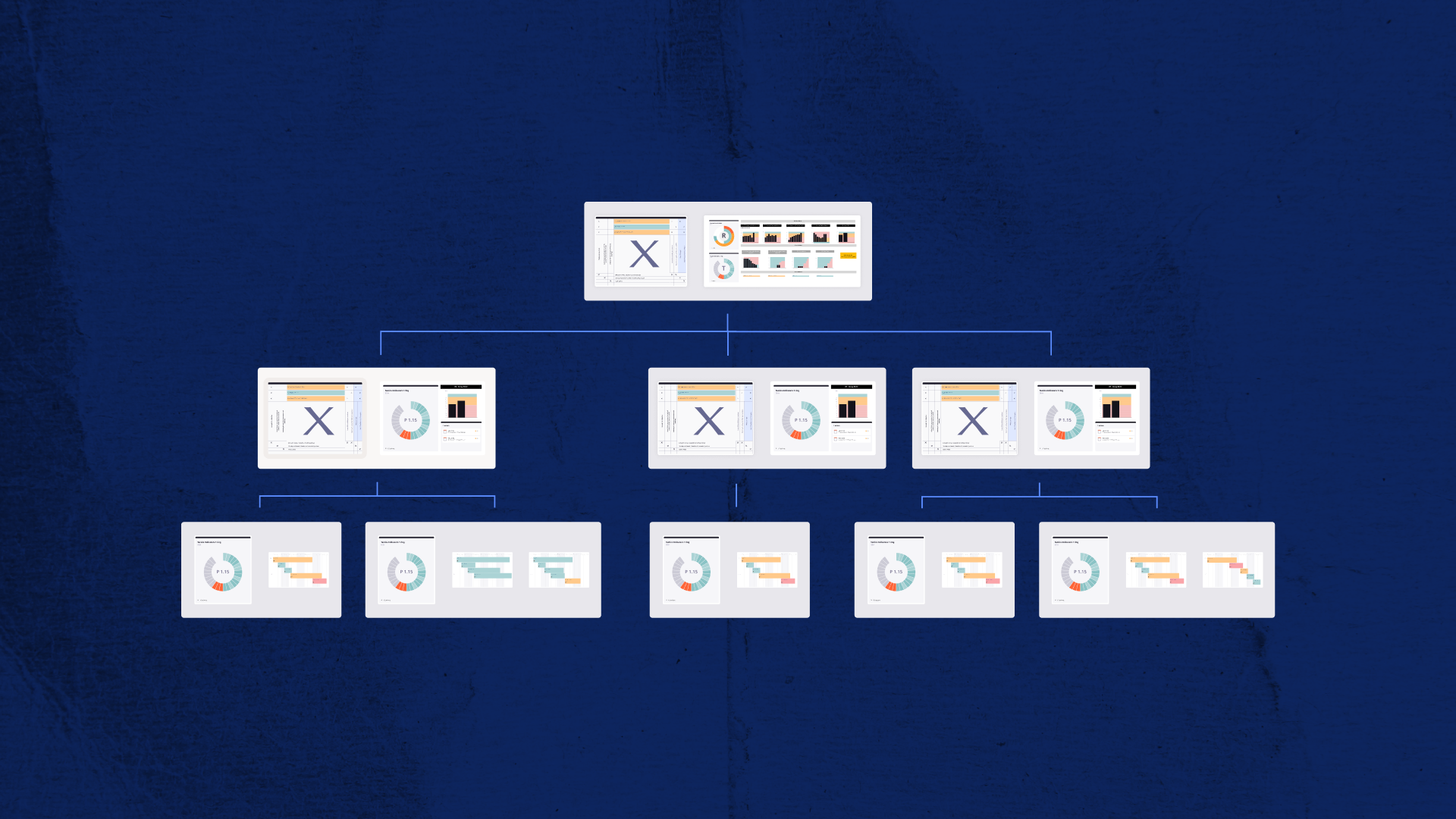Hey, let’s start your
iObeya journey!
In the ever-evolving landscape of business management and improvement, one concept stands out as a beacon of continuous progress and innovation: Kaizen. In a recent podcast episode, Keara had an engaging conversation with Brian Wozniak, a consultant at iObeya, about the transformative power of Kaizen in organizational improvement. In this blog post, we’ll delve into the key takeaways from their conversation and explore the nuances of Kaizen as a strategic tool for enhancing operational efficiency and productivity within large organizations.
Defining Kaizen
At its core, Kaizen is a Japanese term that translates to “change for the better” or “continuous improvement.” This philosophy originated after World War II when quality management teachers, including Edward Deming, introduced the concept of continuous improvement to Japan. Over time, Toyota Motor Company perfected Kaizen, giving birth to the Lean manufacturing approach .
Kaizen in Organizational Improvement
Kaizen is all about daily process improvement and the elimination of waste. It empowers individuals at all levels to identify problems or opportunities, create hypotheses, and experiment with solutions. One practical example of Kaizen in action is the “5S” method, which focuses on organizing the workplace for increased efficiency. By continuously identifying and implementing improvements, organizations can refine their processes and achieve higher levels of productivity.
Strategic Considerations for Implementing Kaizen
Implementing Kaizen across different departments or business units requires a strategic approach. Two critical considerations for executives and leaders include holistic implenetation and Hoshin Kanri.
Holistic Implementation
Rather than cherry-picking specific tools or techniques, organizations should aim for a holistic adoption of Kaizen. Implementing various aspects of Kaizen gradually over time, while also having a clear roadmap, can maximize its benefits.
Hoshin Kanri
Hoshin Kanri is a multi-step strategic process planning framework within Lean helps set goals, communicate them throughout the organization, track actions, and ensure their completion. Hoshin Kanri aligns everyone with the organization’s improvement objectives.
Gaining Buy-In from Stakeholders
Gaining buy-in from all levels of an organization is crucial for the success of Kaizen initiatives. It starts with leadership commitment and setting an example through leader standard work. Measuring and celebrating performance improvements can further reinforce the value of Kaizen.
Common Misconceptions and Overcoming Challenges of Kaizen
To effectively embrace Kaizen, it’s essential to dispel common misconceptions. Some people mistakenly believe that Kaizen is limited to specific tools or just a one-time event, like a Kaizen event. In reality, Kaizen is a comprehensive philosophy that requires ongoing commitment and continuous improvement.
One of the significant challenges in implementing Kaizen is knowing where to start. To overcome this challenge, organizations can do two things. First, organizations can bring in experienced Lean consultants with proven expertise. Secondly, they can develop internal capabilities, such as Lean Six Sigma teams, to ensure sustainability and self-reliance.
Examples of Kaizen in Action
Airline Client: By implementing Kaizen principles, this airline achieved a 44% reduction in cancellations and a 22% reduction in delays, resulting in a 6.6 to 1 return on investment.
-
Oil and Gas Company: Focusing on process safety, this organization reduced process safety events by an impressive 49% over three years, creating a safer environment for employees and communities.
Kaizen for Continuous Imrpovement and Business Transformations
Kaizen is not just a buzzword; it’s a powerful approach to continuous improvement that can transform organizations, boost productivity, enhance safety, and drive overall excellence. By embracing Kaizen as a holistic philosophy and strategically implementing it, large enterprises can unlock their full potential and pave the way for continuous success, especially in their Lean Manufacturing systems .
As (Brian ) and (Keara ) hinted, there’s much more to explore in the realm of Kaizen and (Lean practices ). Stay tuned for future podcast episodes where they dive deeper into this subject.






